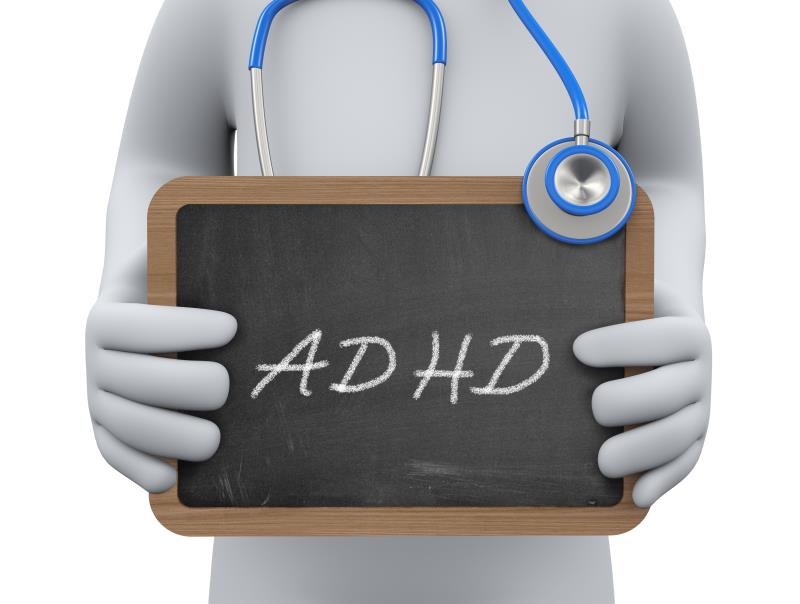
A study of 74 Swedish twins and triplets discordant for attention deficit hyperactivity disorder (ADHD) and autism spectrum disorder (ASD) and other neurodevelopmental diagnoses identified a consistent reduction in regularity and complexity of cobalt, lead and vanadium cycles in individuals with ADHD.
“We used tooth matrix biomarkers to measure detailed prenatal and postnatal temporal profiles of lead, cobalt, zinc, vanadium and other elements, and were able to demonstrate that cyclical processes involved in the metabolism of essential elements and toxic metals during foetal and early postnatal development differ significantly in ADHD and neurotypical development,” wrote the researchers. [Transl Psychiatry 2019;9:238]
“We found that ADHD cases consistently showed a decrease in overall rhythmicity of metal levels over time,” noted the researchers. By applying laser ablation-inductively coupled plasma-mass spectrometry to the deciduous teeth donated by the participants of the study, the researchers found that in ADHD cases, determinism was reduced in cobalt (β=-0.03; p=0.017), lead (β=-0.03; p=0.016) and vanadium (β=-0.03; p=0.01).
“These results indicate that in ADHD cases, there is instability in the cyclic metabolic activity of these elements, compared with typically developing twins,” commented the researchers.
“We also saw significant reduction in the duration and complexity of some elemental cycles,” noted the researchers. In ADHD cases, the duration of elemental cycles was reduced in lead (β=−0.38; p=0.016) and vanadium (β=−0.25; p=0.01) vs neurotypical controls. Furthermore, entropy was decreased in cobalt (β=−0.13; p=0.017), lead (β =−0.18; p=0.016) and vanadium (β=−0.15; p=0.008) in ADHD cases.
The study samples were pulled from the Roots of Autism and ADHD Twin Study in Sweden (RATSS). [Twin Res Hum Genet 2017;17:164–176] Determinism measures the ratio of cyclical events to non-cyclical events, effectively defining the periodicity of an elemental time-series, while entropy captures the complexity of cyclic activity by measuring the variability in cycle lengths.
By integrating the dynamical features extracted from multiple elemental pathways, the researchers were able to identify individual signatures associated with ASD, ADHD, comorbid and neurotypical behavioural phenotypes. “Our findings have implications for early detection of ADHD, ASD, and ADHD/ASD combined cases, because the signatures we have observed are present prenatally and in early postnatal development,” commented the researchers.
“The pathways we have identified, once validated, may offer targets for prevention of toxic exposures and early intervention in the form of modification of elemental metabolism towards a healthy molecular phenotype,” concluded the researchers.